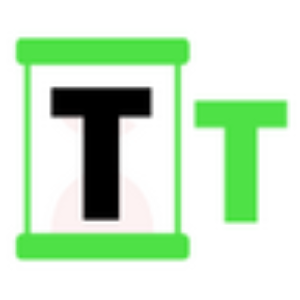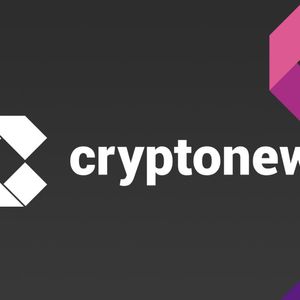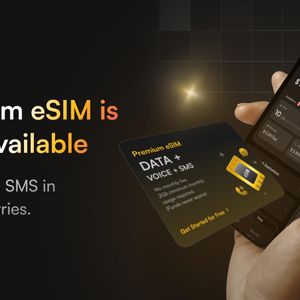Ripple (XRP) and Stellar (XLM) Now Align with SWIFT gpi. Here’s how
3 min read
Crypto investor Mr. Man has highlighted the evolving alignment between emerging blockchain technologies and the traditional financial infrastructure, drawing particular attention to assets and platforms that are positioning themselves to become integral to the next generation of payment systems. His analysis focuses on how projects like Ripple, Stellar, Stronghold, Quant, and Chainlink are no longer positioned at the margins of financial systems but are now integrating directly with regulated payment infrastructure through protocols such as ISO 20022 and SWIFT gpi. This observation coincides with institutional developments documented in a recent U.S. Federal Reserve report, which outlines the reasons for adopting ISO 20022 messaging standards for wire transfer systems. The report underscores the shift toward a unified, standardized data format, emphasizing benefits such as global momentum, interoperability, regulatory efficiency, and innovation. ISO 20022 Integration and Asset Positioning According to Mr. Man, both Ripple and Stellar have strategically aligned with SWIFT’s Global Payments Innovation (gpi) and ISO 20022 frameworks. These protocols are being adopted globally, especially by central banks and domestic clearing systems. Ripple’s architecture, for example, supports liquidity bridging across borders, while Stellar is optimized for remittance use cases with compliance requirements. He notes that Stronghold (SHX) already operates within the U.S. financial system as a registered participant under NACHA, the organization governing the ACH network. SHX facilitates token-to-bank routing over established rails, making it a practical solution for real-time asset conversion in compliance-focused environments. Ripple and Stellar in particular are now aligned with SWIFT gpi, ISO 20022, and central bank use cases. Stronghold (SHX) is already registered with NACHA and operates over ACH rails. Quant’s Overledger allows blockchains and banks to interoperate over common protocols. Chainlink… pic.twitter.com/mfPd8ZrRY2 — Mr. Man (@MrManXRP) July 13, 2025 These developments coincide with the Federal Reserve’s strategic reasoning to adopt ISO 20022 in the U.S. wire transfer system. One of the report’s key findings, highlighted in the section on interoperability, describes how a single open format simplifies transactions both domestically and globally. This approach reduces reliance on multiple proprietary standards, supporting the trend toward seamless integration of blockchain. Middleware and Interoperability Frameworks Mr. Man refers to technologies like Quant’s Overledger and Chainlink’s oracles as middleware infrastructure. These platforms enable data and transaction interoperability between traditional financial institutions and distributed ledger networks. Overledger connects disparate blockchains with banking systems, while Chainlink delivers real-time compliance data, price feeds, and identity confirmations into settlement processes. We are on X, follow us to connect with us :- @TimesTabloid1 — TimesTabloid (@TimesTabloid1) June 15, 2025 This middleware functionality aligns with ISO 20022’s promise of consistent and rich data formats. According to the Federal Reserve report, leveraging a universal data structure can unify disparate messaging systems under a global standard, facilitating smooth communication and integration across platforms. Mr. Man emphasizes that with Fedwire now adopting ISO 20022 natively, the blockchain networks mentioned no longer exist outside the regulatory perimeter. Instead, they serve as gateways, interoperating directly with regulated liquidity venues. Shift in Market Demand and Regulatory Alignment As key payment networks such as Fedwire, ACH, SWIFT, CHIPS, RTP, and even tokenized asset platforms like BlackRock’s BUIDL begin to converge into a unified, programmable liquidity network, Mr. Man argues that demand will favor assets and technologies capable of operating within this regulated framework. He adds that projects unable or unwilling to align with regulatory protocols will be excluded from institutional flows and access to liquidity. In contrast, assets such as XRP, XLM, SHX, QNT, and LINK, which support use cases ranging from liquidity bridging to compliance monitoring and network interoperability, are emerging as foundational components of the system. This view supports the U.S. Federal Reserve’s conclusion that adopting ISO 20022 will enable financial institutions to meet evolving regulatory requirements, reduce operational costs, and bring innovative products to market. A standardized infrastructure enables scalable, compliant innovation, which Mr. Man sees as essential for the next generation of financial networks. Disclaimer : This content is meant to inform and should not be considered financial advice. The views expressed in this article may include the author’s personal opinions and do not represent Times Tabloid’s opinion. Readers are advised to conduct thorough research before making any investment decisions. Any action taken by the reader is strictly at their own risk. Times Tabloid is not responsible for any financial losses. Follow us on X , Facebook , Telegram , and Google News The post Ripple (XRP) and Stellar (XLM) Now Align with SWIFT gpi. Here’s how appeared first on Times Tabloid .

Source: TimesTabloid



